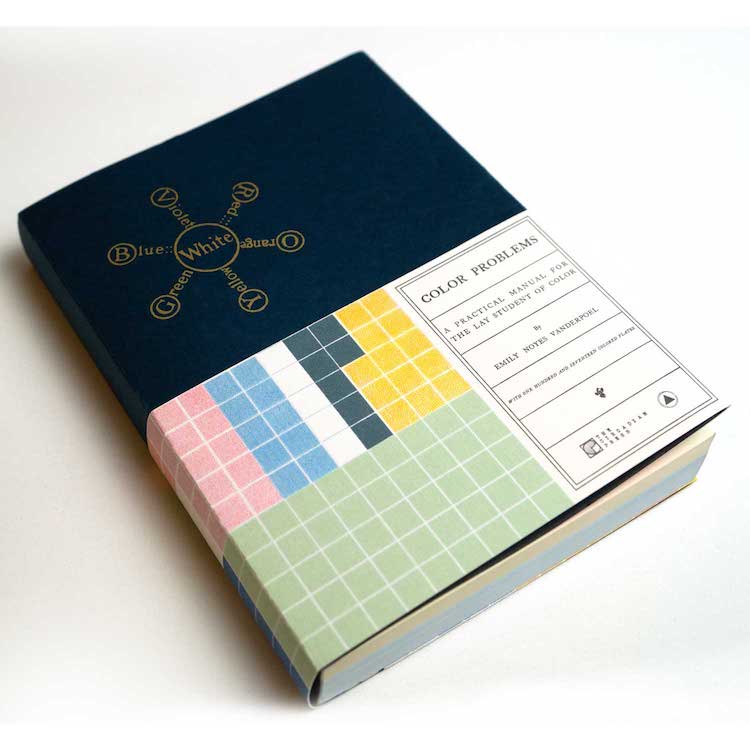
Long before people were creating color palettes from beloved films or matching food to their Pantone colors, Emily Noyes Vanderpoel was revolutionizing color theory. The Victorian collector, artist, and scholar published Color Problems: A Practical Manual for the Lay Student of Color in 1901 as a breakthrough manual for examining color.
Her innovative methods were ahead of their time and seem more reminiscent of 21st-century Minimalism than turn-of-the-century Victorianism. Vanderpoel’s manual is filled with unique ways to demonstrate a wide variety of color palettes. Especially interesting are the grids used to document colors in everything from a teacup and saucer to a mummy in their proper proportions.
“Thoroughly conversant with the best scientific research of her day, Emily Noyes Vanderpoel brings an artist’s eye and designer’s sensibility to her prescient study of color,” says Mark C. Taylor of Columbia University. “From embroidery and Persian rugs to ceramics and painting, her perceptive analysis reveals what was long hiding in plain sight. The remarkable illustrations are actually works of art that not only anticipate but actually compete with the best work of some of the most important twentieth-century artists.”
Drawing from nature, as well as her vast collection of objects, her research rings true even today and is an excellent guide for design lovers. While the book has long languished out of print, with original copies going for up to $500, The Circadian Press and Sacred Bones have team up to reprint Color Problems for the first time since 1903. After a wildly successful Kickstarter campaign, the book is available for pre-order.
The reissue will include 116 color illustrations, all color corrected using top technology, as well as metallic colors inserted into several grids. In addition to the color grids, Vanderpoel’s tome includes an analysis of shadows and bruises as captured by watercolor washes and sets of squares that foreshadow Josef Albers’ Homage to Squares, which would be painted over 60 years later.
For the first time in over 100 years, the innovative color theory manual, Color Problems, is being reissued.
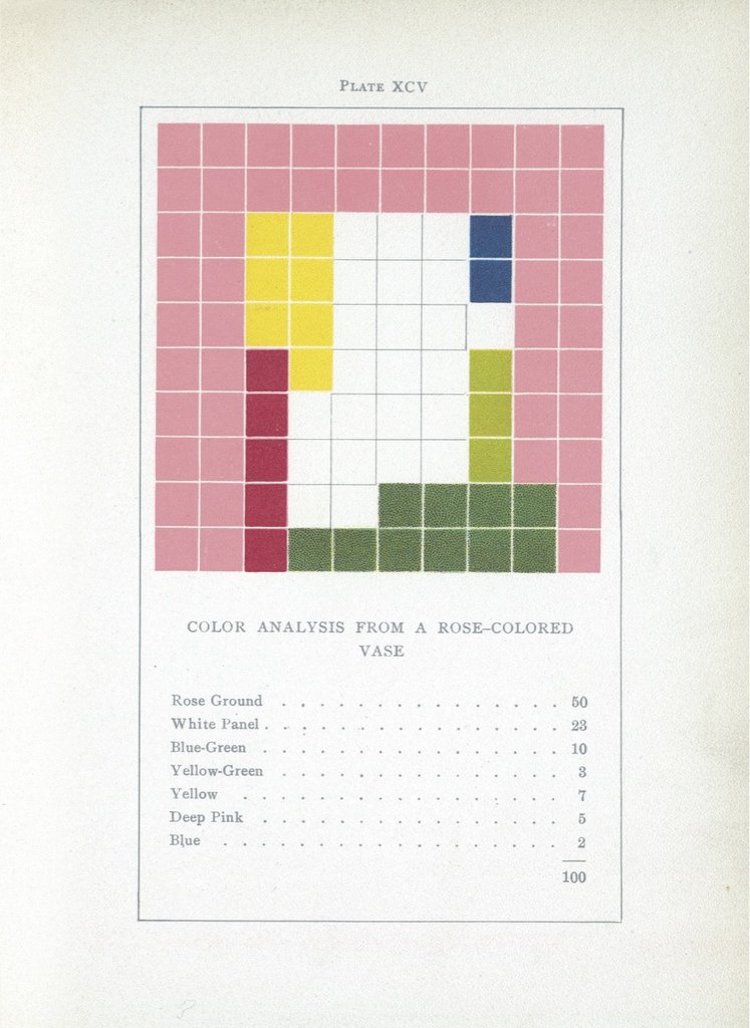
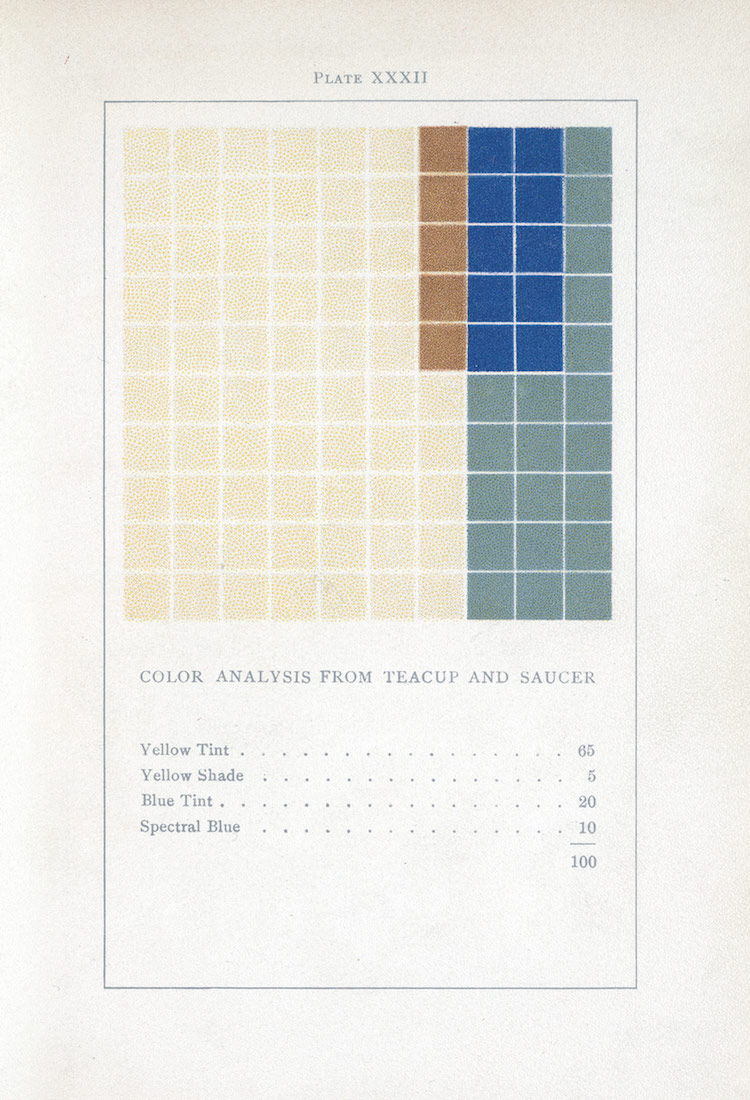
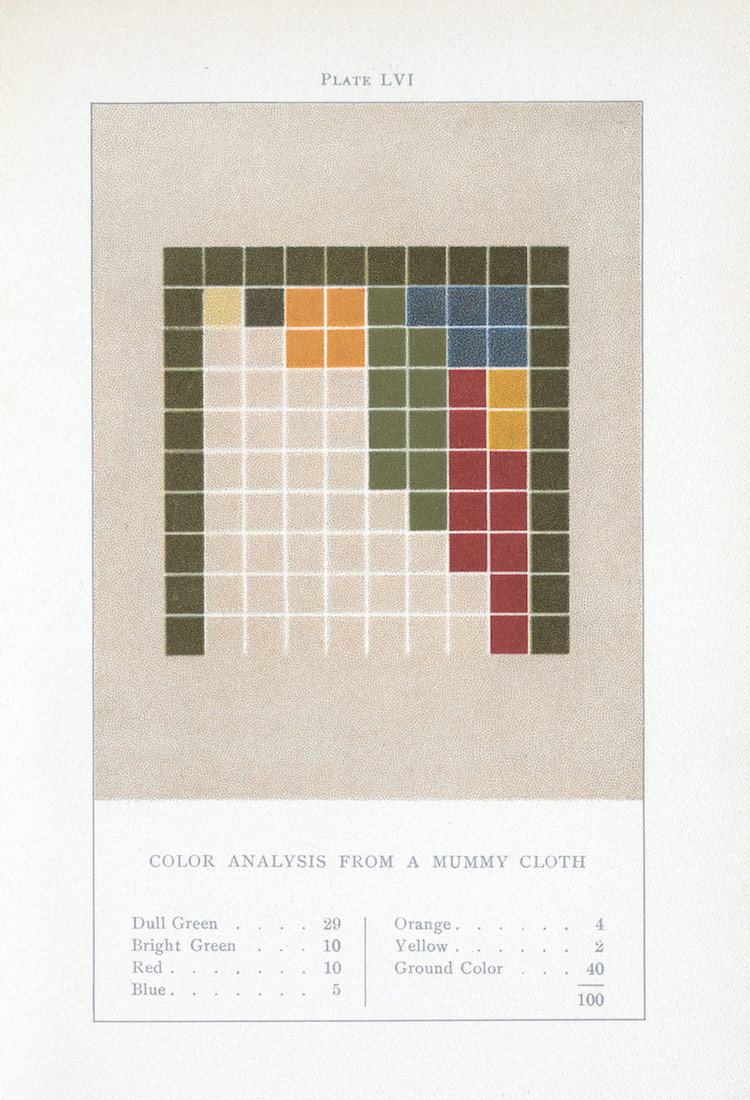

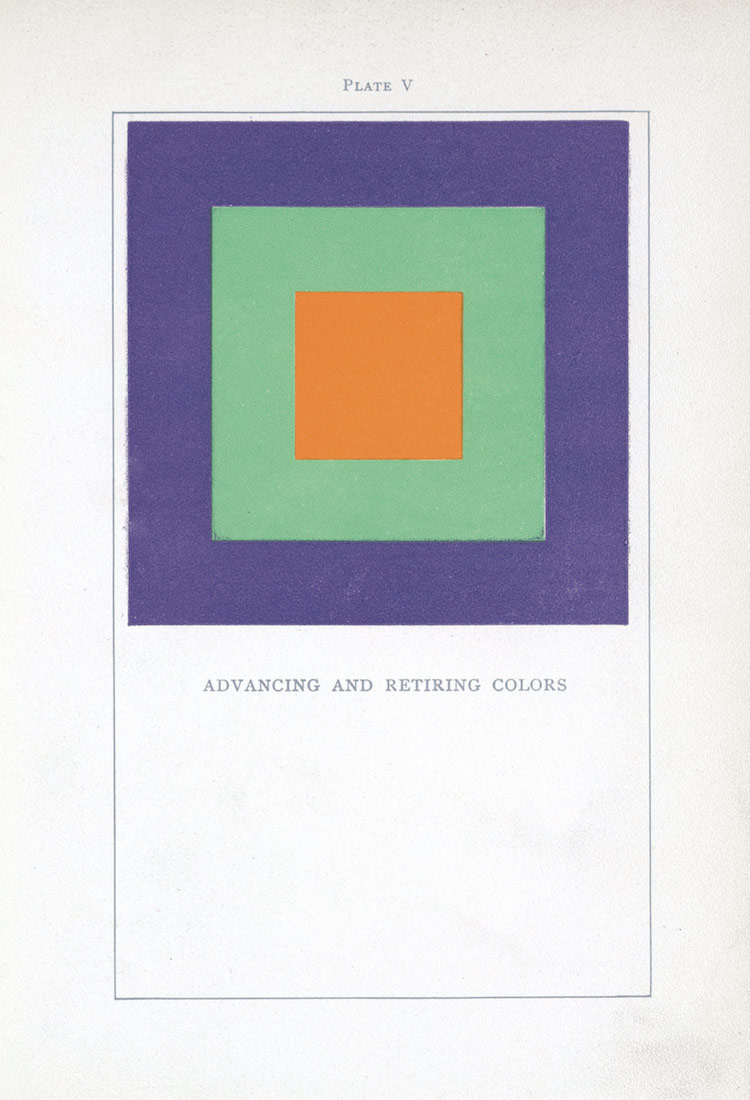
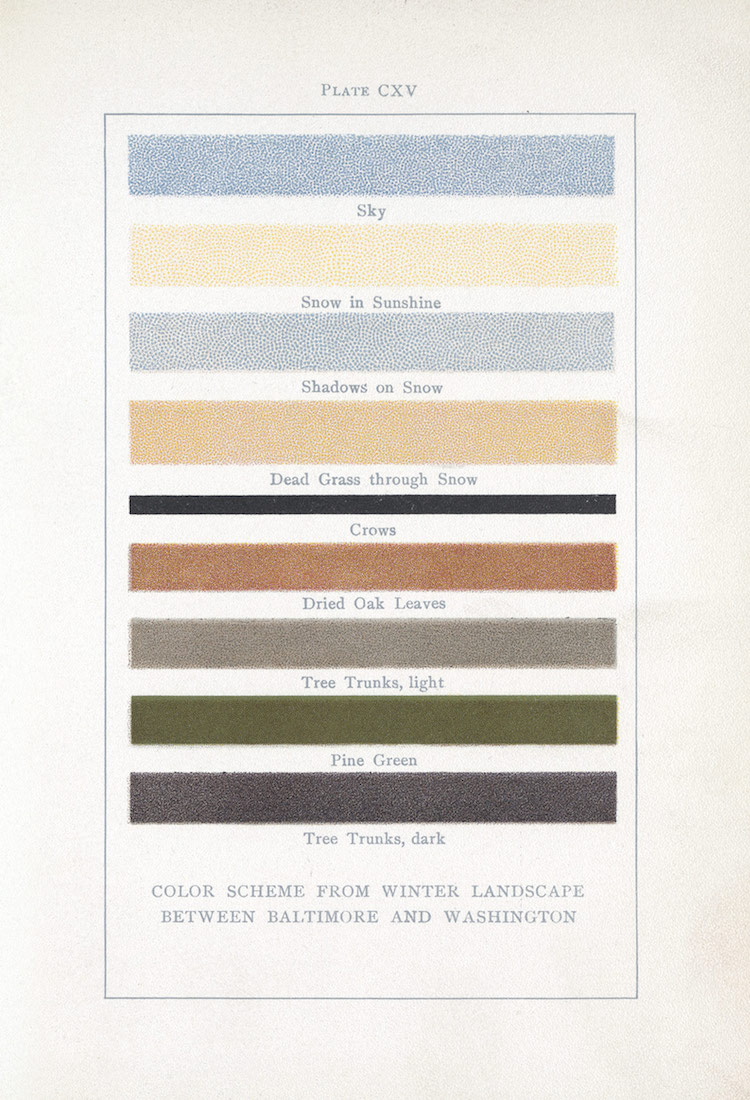
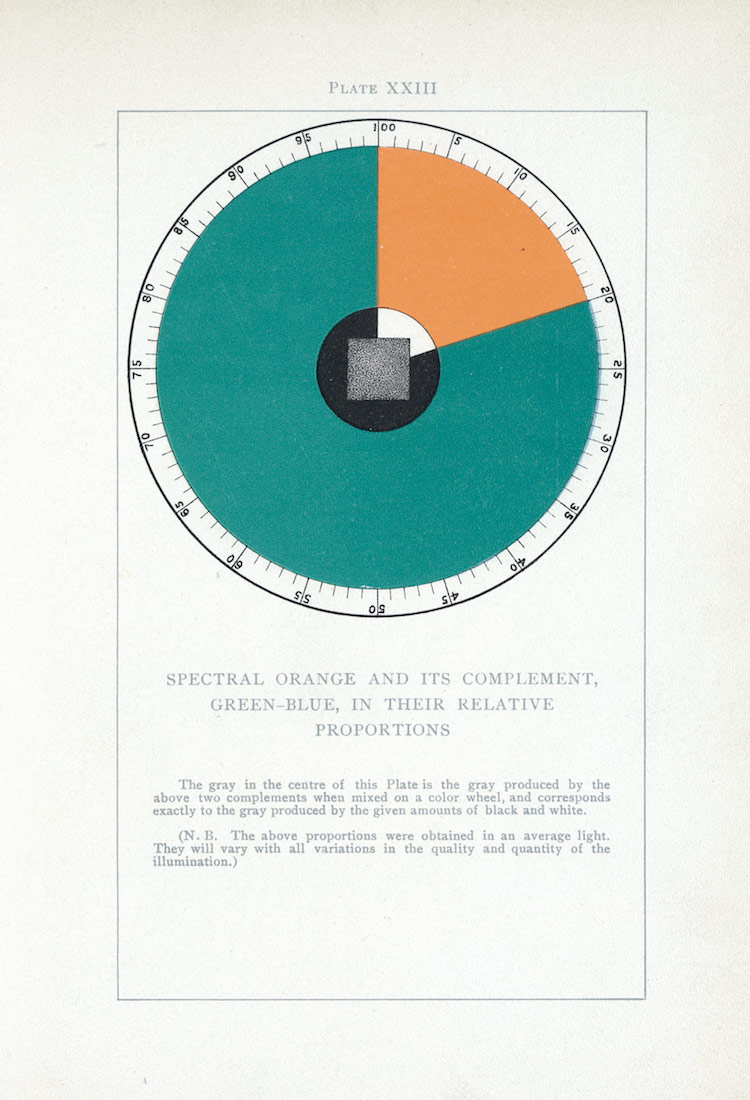
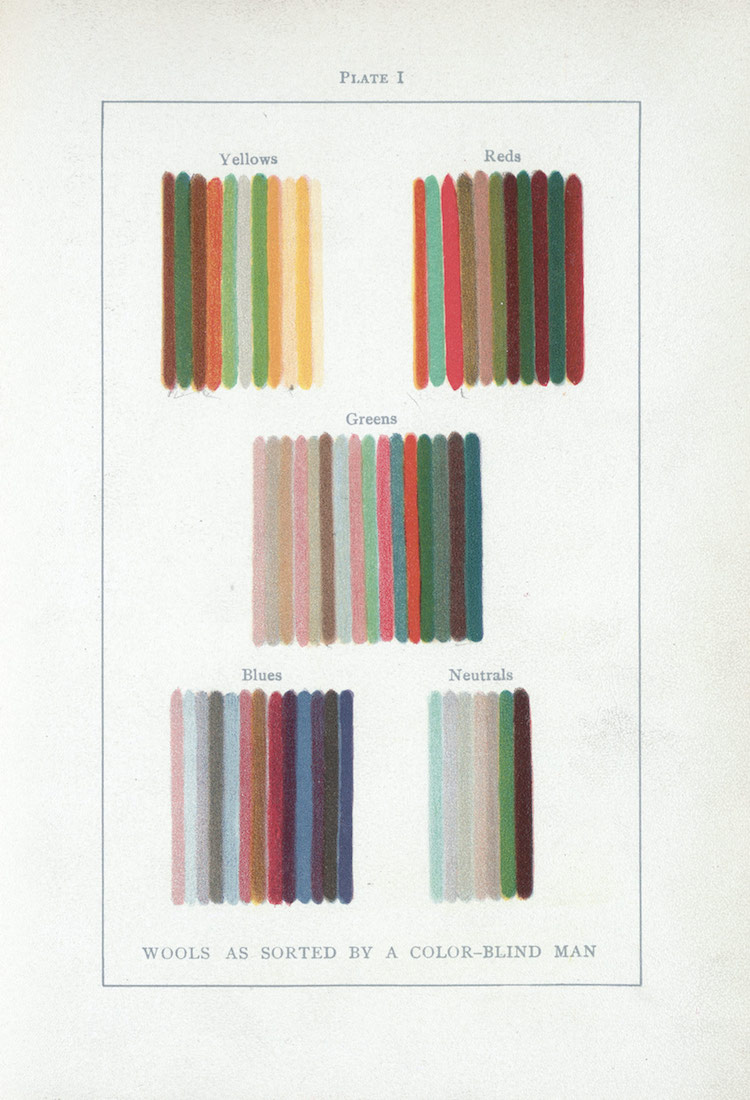
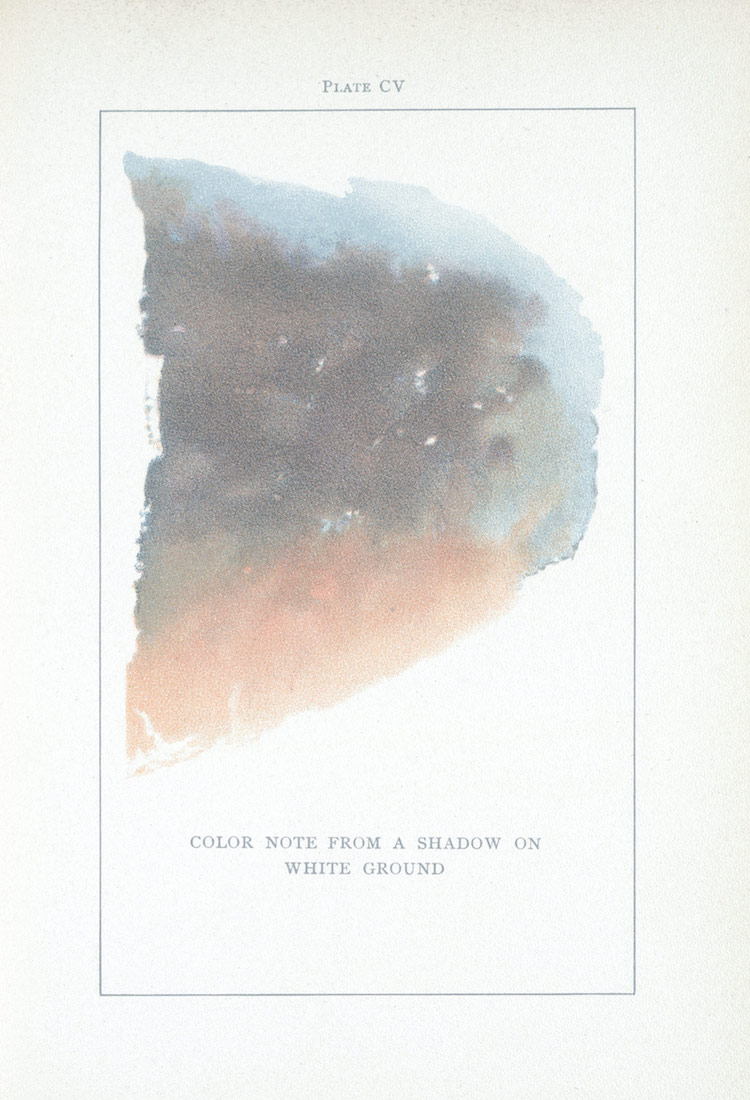
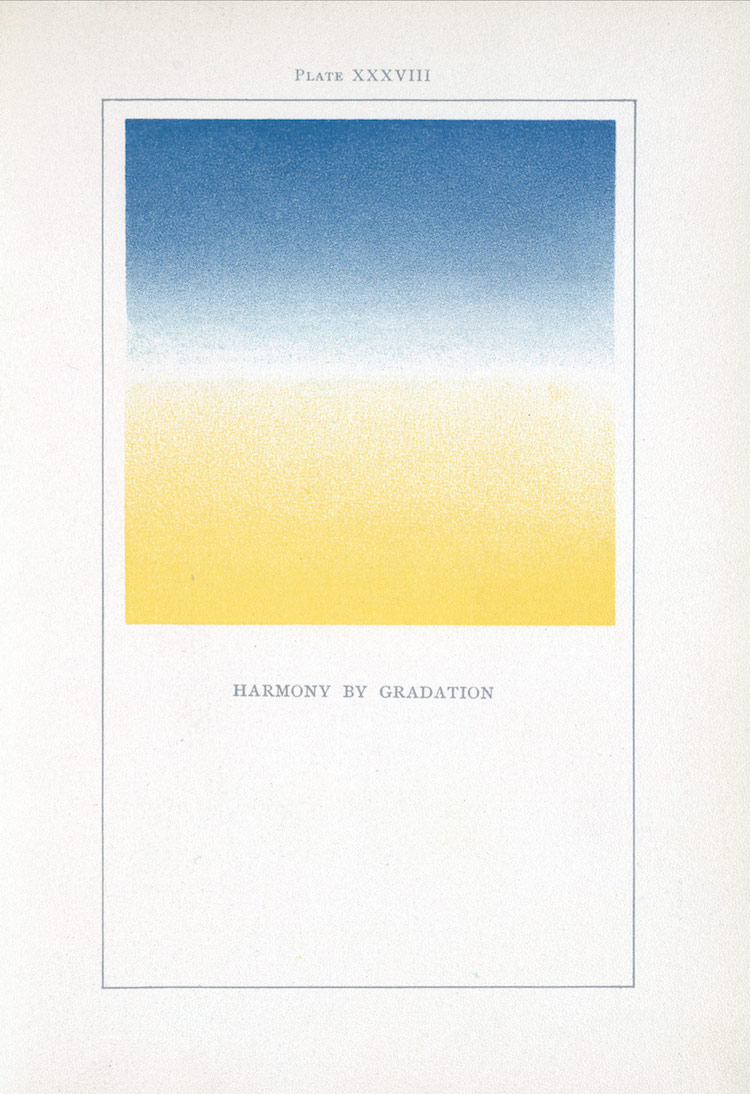
h/t: [Colossal]
Related Articles:
Handwritten 19th-Century Color Guide Poetically Describes Where Shades Are Found in Nature
Top 5 Free Color Palette Generators to Make Color Selection a Breeze
Visually Satisfying Project Shares the Color Palettes of Iconic Film Scenes
Vibrant Color Palette Combos Take Colors From the World to Inspire Creativity
